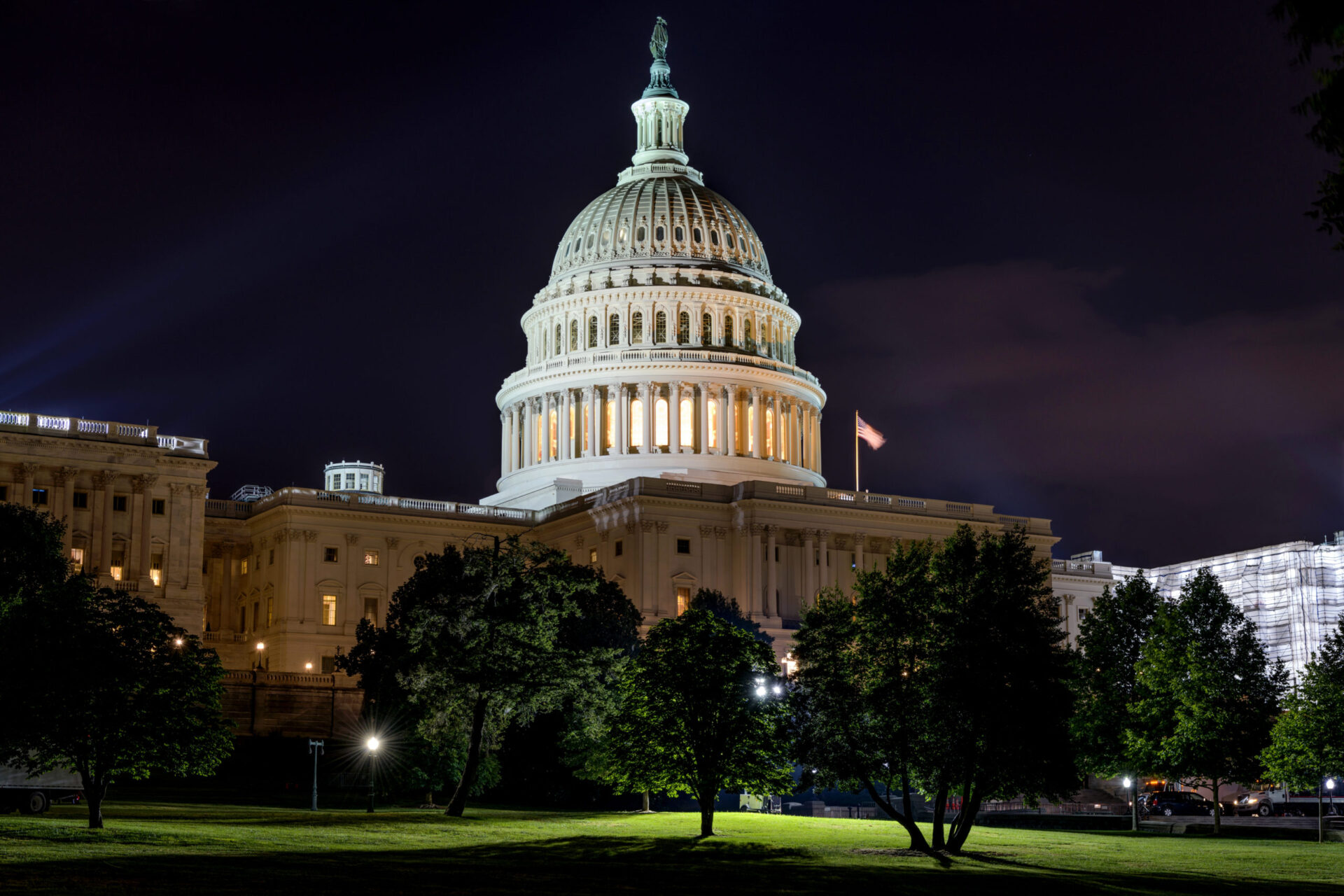As feared by advocates for independent mortgage lenders, the massive $2 trillion COVID-19 relief bill leaves non-bank lenders on the outside looking in when it comes to government providing cash to back loans that lower- to middle-class borrowers may have trouble paying.
The bill approved by the Senate does not specifically include non-bank lending institutions. Instead, it specifies relief is for traditional banks – “insured, depository institutions, bank holding company, or any affiliate thereof.” That would exclude non-bank institutions, whose loans are largely backed by the Veterans Administration and Ginnie Mae and traditionally serve low- to middle-income Americans.
The Mortgage Bankers Association applauded Senate passage of the legislation but called for the creation of a lending facility to support non-bank lenders.
“It is critical that the Federal Reserve and U.S. Treasury swiftly establish a financing program to help some mortgage servicers provide the unprecedented levels of mortgage payment forbearance required under the legislation to help homeowners facing COVID-related hardships,” MBA President and CEO Bob Broeksmit said.
A source close to discussions with policymakers told The Mortgage Note that non-bank entities are hopeful that the Trump Administration will use its regulatory authority over Ginnie Mae to ensure the loans are backed by the government after the House passes the legislation as-is.
Forbearance Coverage
At the center of the debate is the concept of forbearance, in which borrowers are allowed to put off mortgage payments for a up to a year while they cope with economic hardship brought on by the COVID-19 pandemic.
The Mortgage Bankers Association estimates that the burden on lenders could range from $75 billion to $100 billion or higher if one-quarter of borrowers take advantage of forbearance for six months or longer.
The legislation, however, would only protect traditional bank lenders.
Why does that matter? Consider how forbearance works:
- When a borrower is unable to make mortgage payments, they may request forbearance relief.
- The lender that provides that relief must still send payment to its creditors – the VA, Ginnie Mae and other investors, in the case of non-bank lenders – even if they have no received money from the borrower.
- The legislation would help lenders access cash to cover the period in which borrowers are taking advantage of forbearance.
- With the legislative language as written, non-bank lenders would be left out in the cold in being able to access the cash they need to support borrowers through forbearance.
While traditional banks have access to cash through the Federal Reserve’s discount window and other emergency lending facilities (as well as additional support in the legislation), advocates say there is nothing in the bill that would require the Fed to provide liquidity to non-bank servicers so they can work to support borrowers.
They fear these lenders, lacking access to liquidity, would have to be more aggressive in foreclosing on borrowers who fall behind on payments during the COVID-19 pandemic.
“Unless Congress explicitly addresses liquidity constraints to the servicers of these loans then millions of lower- and middle-class borrowers will be unacceptably disadvantaged and unfairly exposed to economic discrimination,” analyst Josh Rosner wrote in a letter he shared on Twitter.
